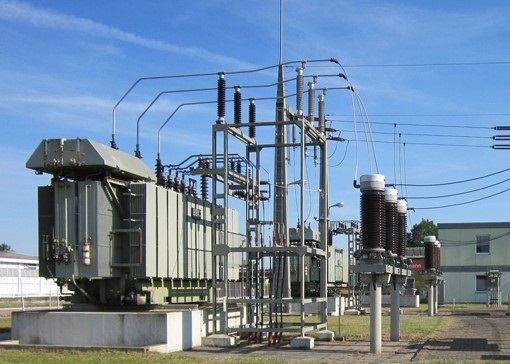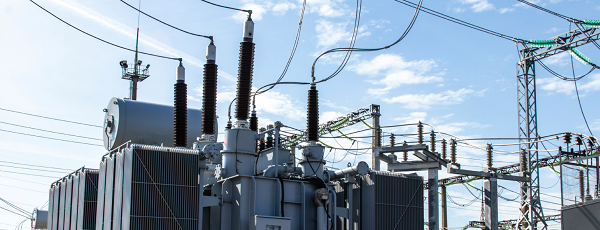ABOUT CIRCUIT BREAKERS
The main aim of a circuit breaker is to isolate the healthy part of the network from faulty part when fault current is detected. When a short circuit current flows through a circuit breaker, there would be thermal and mechanical stress in current carrying parts of the circuit breaker. Within speculated time, the circuit breaker should isolate the faulty part of the network from the healthy part of the network. So during clearing of fault, the circuit breaker is subjected to handle high thermal and mechanical stress as well as high magnitude of short circuit current.
STANDARDS USED FOR CIRCUIT BREAKERS
IEC 62271-100 = for high voltage switch gear and control gear
IEC 60947-2 = for low voltage switch gear and control gear
IEC 60898-1 = circuit breakers for over current protection (for household & other similar appliances)
IEC/IEEE 62271-37-013 = for generator circuit breakers
ANSI/IEEE C37.04 = IEEE standard is common for all the above
mentioned (except for generator circuit breaker).
CIRCUIT BREAKER SPECIFICATIONS
- Normal operating conditions
- Rated power frequency
- Rated dielectric strength of a circuit breaker
- Rated Transient Recovery Voltage
- Rated continuous current
- Rated short circuit current
- Asymmetrical current
- Duty cycle
Rated power frequency is the level of RMS overvoltage that an equipment can withstand for one minute. Rated dielectric strength of the circuit breaker depends upon the insulating material used. Rated transient recovery voltage is the voltage which appears across the terminal of the circuit breaker after the current interruption i.e. when fault current becomes zero, at that moment the voltage will undergo a transient phase called as transient recovery voltage.
After transient recovery voltage, the voltage will once again comes back to recovery voltage. Maximum continuous current a circuit breaker can able to withstand without interrupting is called Rated continuous current. The asymmetrical current component comes into existence due to the presence of D.C. Current component (to know about it, verify my older post). In my upcoming post, we will discuss more about making, breaking, short time rating and duty cycle of a circuit breaker.




How to select the ampere frame of the circuit breakers?